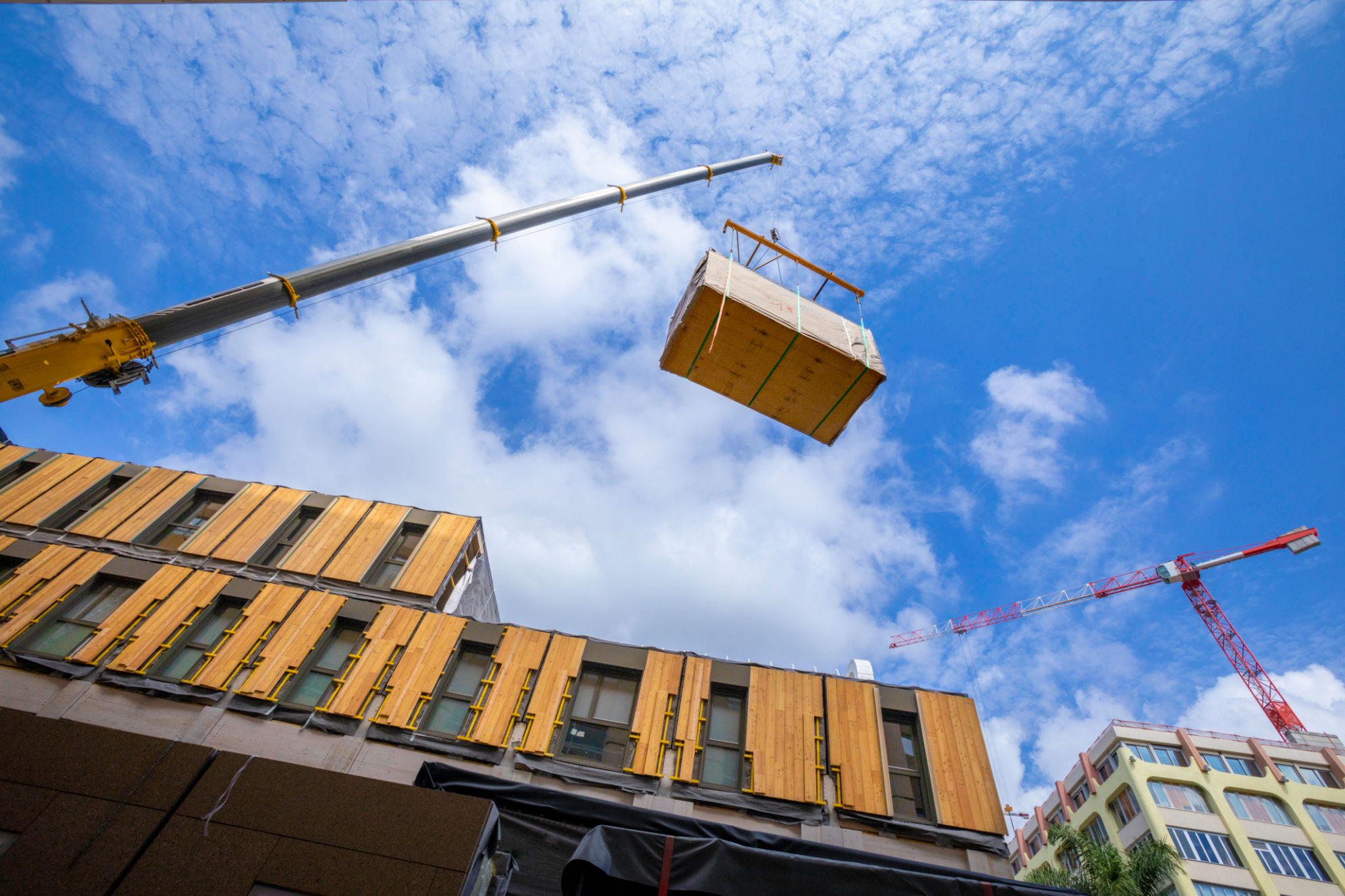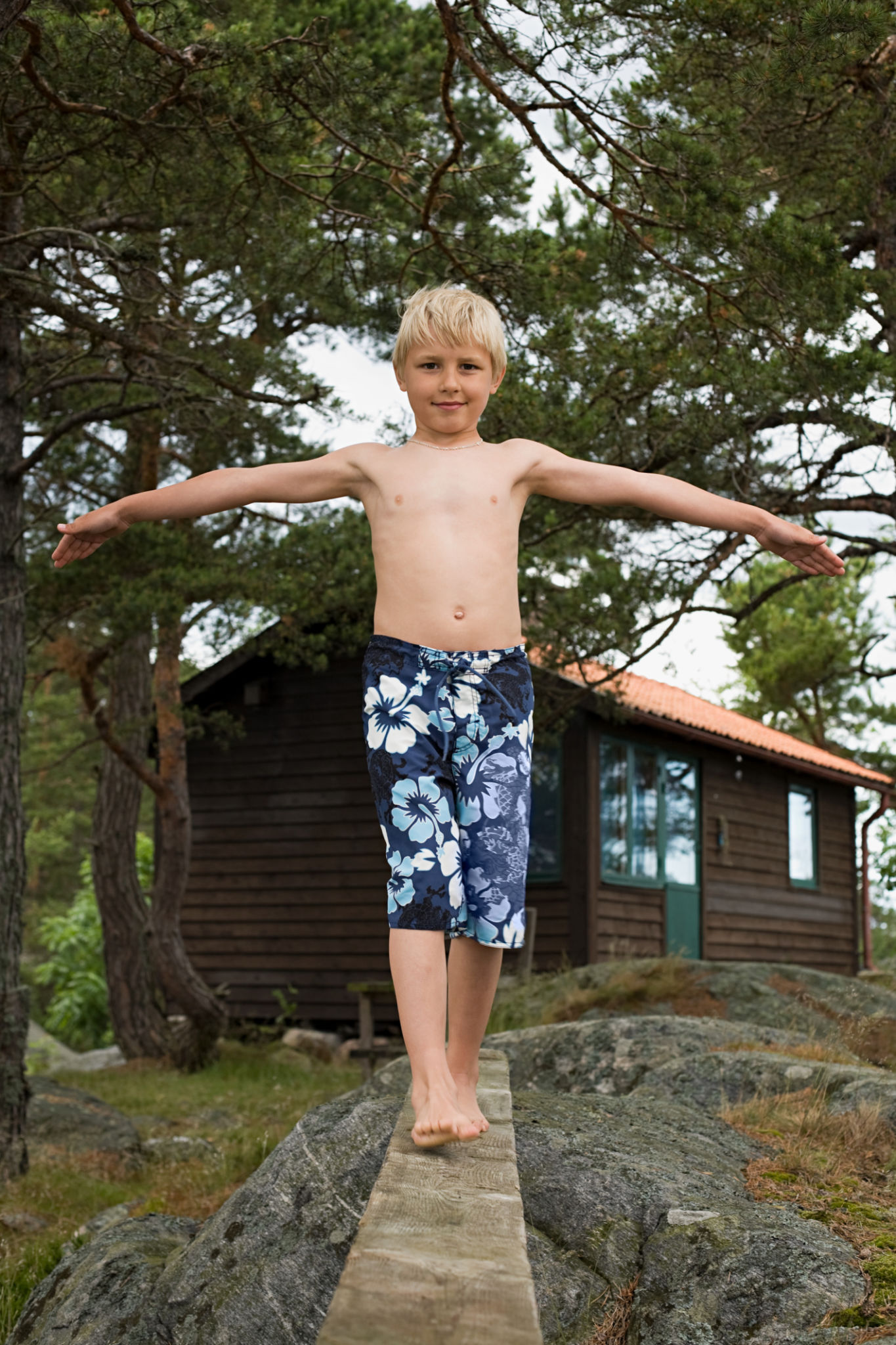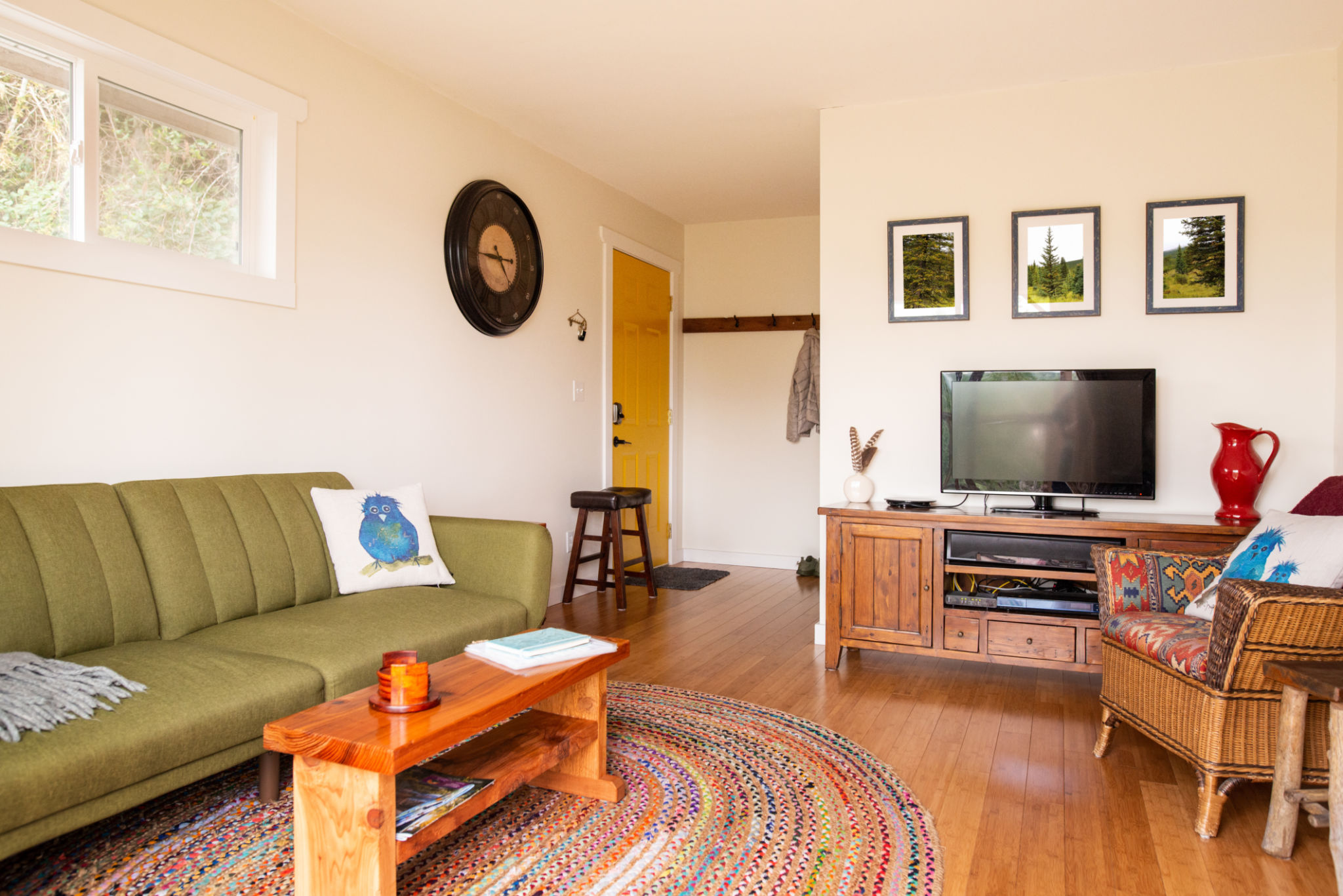Debunking Common Myths About Eco-Friendly Construction in Canada
Understanding the Real Costs of Eco-Friendly Construction
One of the most pervasive myths about eco-friendly construction is that it is prohibitively expensive. While it's true that some sustainable materials and technologies can have higher upfront costs, the long-term savings often outweigh these initial expenses. Investing in energy-efficient systems and materials can lead to significant reductions in utility bills, offsetting the initial investment over time.

Moreover, government incentives and tax rebates are available in Canada to those who choose eco-friendly construction options. These financial benefits make it even more feasible to build sustainably without breaking the bank. It's essential to consider the lifecycle cost of a building rather than just the initial expenses.
Debunking the Idea that Green Buildings Lack Durability
Another common misconception is that eco-friendly buildings are less durable than their conventional counterparts. In reality, sustainable construction often incorporates high-quality materials that are designed to last longer and perform better under various conditions. For instance, recycled steel and bamboo are not only sustainable but also incredibly robust.

Additionally, green buildings often include features such as enhanced insulation and advanced moisture control systems, which can contribute to their longevity. These innovations can help protect the structure from elements like mold and water damage, ensuring that eco-friendly buildings stand the test of time.
Addressing Concerns About Design Limitations
Many people assume that eco-friendly construction limits design options, leading to bland or uninspired architecture. However, sustainable design is incredibly versatile and can accommodate a wide range of architectural styles. From modern minimalist homes to rustic cabins, eco-friendly principles can be seamlessly integrated into any aesthetic.
Architects and builders are continually developing innovative ways to incorporate sustainability into their designs without sacrificing creativity. For instance, green roofs, solar panels, and rainwater harvesting systems can be elegantly integrated into a building's overall design, enhancing both its functionality and visual appeal.

The Myth that Eco-Friendly Construction is Only for New Builds
Another myth is that sustainable construction practices are only applicable to new buildings. In reality, existing structures can also benefit immensely from eco-friendly renovations. Retrofitting older buildings with energy-efficient windows, improved insulation, and modern HVAC systems can significantly reduce their environmental impact.
These upgrades not only make older buildings more sustainable but can also increase their market value. Homeowners and businesses in Canada can take advantage of programs aimed at promoting green renovations, making it easier to transition existing properties into more eco-friendly spaces.
Breaking the Stereotype that Eco-Friendly Equals Less Comfort
Finally, there's a belief that eco-friendly buildings compromise comfort to achieve sustainability. On the contrary, many green technologies enhance living conditions by providing better air quality, natural lighting, and temperature regulation. Features like energy-efficient HVAC systems and high-performance insulation ensure that occupants enjoy a comfortable environment year-round.

In conclusion, eco-friendly construction in Canada offers numerous benefits beyond environmental sustainability. By debunking these common myths, more individuals and businesses may feel encouraged to explore green building options, contributing to a healthier planet and future generations.
